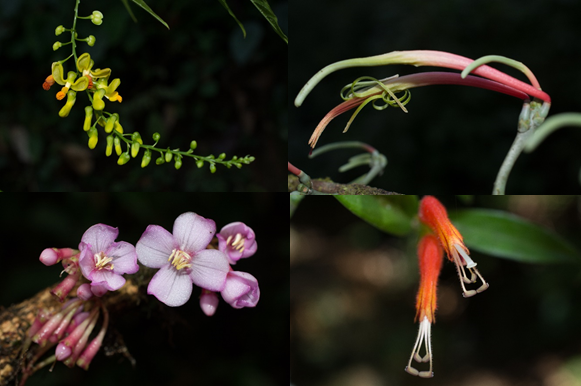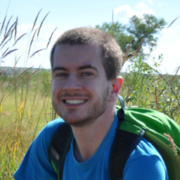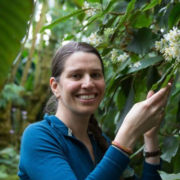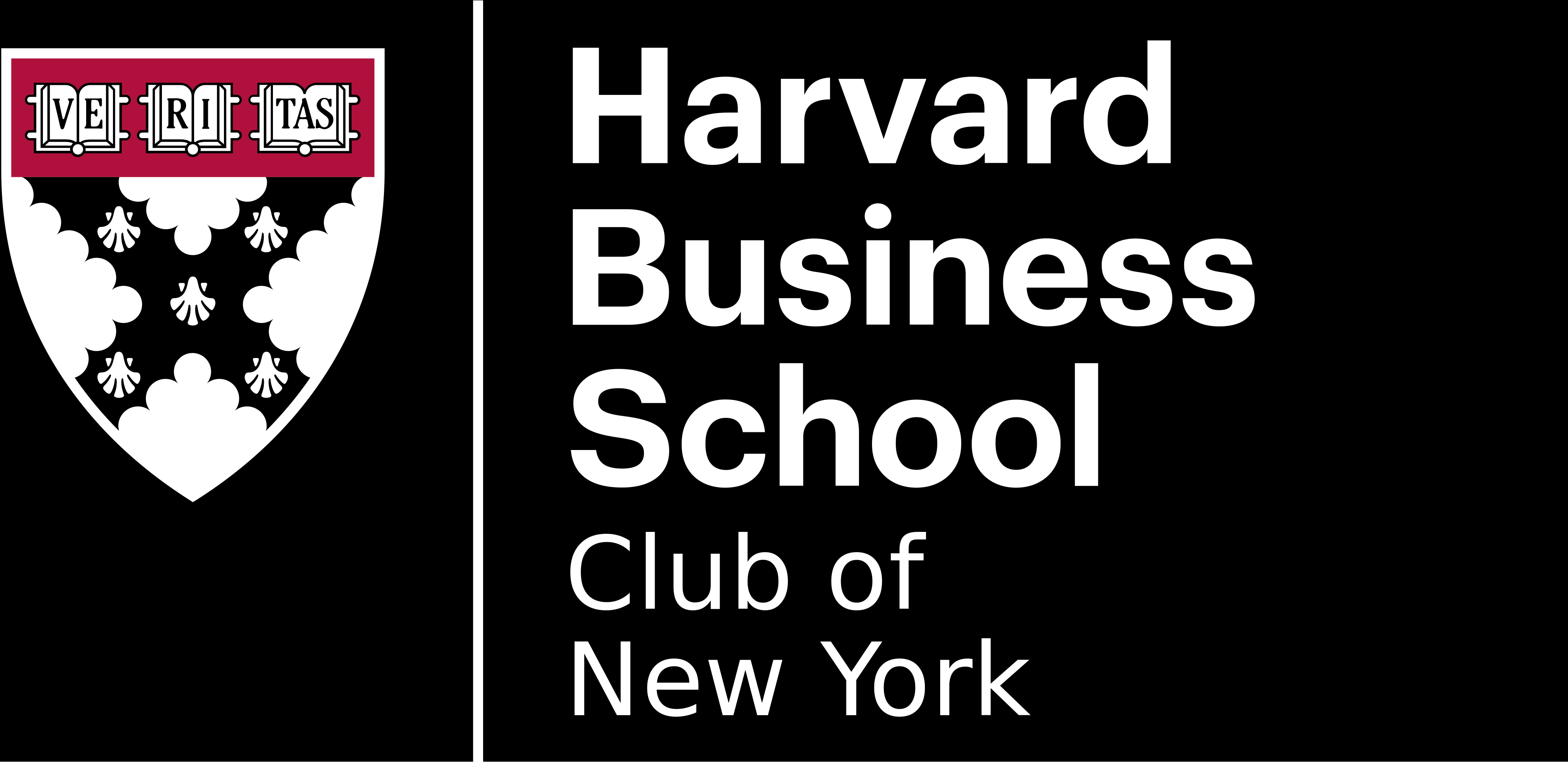The William & Lynda Steere Herbarium at the New York Botanical Garden – A Virtual Visit
The William & Lynda Steere Herbarium at the New York Botanical Garden – A Virtual Visit

Description
Learn how Hoya kachinensis was discovered in the buffer zone of Hkakaborazi National Park, Myanmar and transported back to the New York Botanical Garden, where it was identified, databased, mounted, digitized, and added to the Herbarium’s collection of 7.5 million plants, fungi and algae.
The William and Lynda Steere Herbarium has one of the largest collections of plant specimens in the world and is the largest in the Western Hemisphere. Previously unknown species are constantly being added. The work involved in documenting earth’s botanical biodiversity, which has become even more important in the era of climate change, is done by a dedicated staff of 31.
Assistant Curators Dr. Matthew Pace and Dr. Kate Armstrong will discuss the long history of the Herbarium and its current activities, including grant-funded specimen digitization projects and the fundamental role that herbarium specimens play in research — from describing the world’s floras to documenting traditional knowledge about plant uses to phenology and climate change.
Please join us on January 20th at 1:30 via Zoom for this illuminating conversation. For a closer look at the collections and the stories they tell visit “The Hand Lens”.
Participants must register by Noon on January 19th to receive details on joining the discussion. The Zoom link will be sent out 24 hours before the event.
Please note that no refunds will be issued.
Bios

Speaker
Dr. Matthew Pace
Assistant Curator, William and Lynda Steere Herbarium
PROFILE
As Assistant Curator to the Herbarium, I serve two complementary roles: 1) Herbarium management and curation, and 2) Conduct original systematic research focusing on the megadiverse orchid family.
My duties as an herbarium manager include curation of the collections to reflect advances in systematic understanding, facilitate the use of the Herbarium, giving tours of the herbarium to a vast number of different groups, and grant writing to support digitization and curatorial efforts.
My research interests focus on the Orchidaceae: their evolution, relationships, morphology, taxonomy, and biogeography. My research incorporates field, molecular, and herbarium approaches to understand speciation and biodiversity, test patterns of apparent hybridization, clarify biogeographic history, and identify the conservation needs of New World Orchidaceae. Current genera of focus include Spiranthes (ca. 35 spp.), Pelexia (ca. 65 spp.), Cyclopogon (ca. 70 spp.), Platanthera (ca. 200 spp.), Microchilus (ca. 145 spp.), and Lepanthes (ca. 1000 spp.), and subtribe Goodyerinae (ca. 710 spp.).
Field research and collecting has covered much of eastern North America. I have a particular interest in Florida and the Atlantic Coastal Plain, Mexico, the Caribbean, and the Ouachita Mountains of Arkansas. I also eagerly collaborate with citizen scientists in the finding and monitoring of orchid populations, and the gathering of material.

Speaker
Dr. Kate Armstrong
Assistant Curator, Institute of Systematic Botany
PROFILE
My research is focused on documenting the flora of northern Myanmar and more broadly on investigating patterns of floristic diversification throughout tropical Asia. Currently, I am managing botanical inventory programs in two areas of Myanmar’s Northern Forest Complex – in Htamanthi Wildlife Sanctuary and in Hkakaborazi National Park/Hponganrazi Wildlife Sanctuary – with the aim of recording all the vascular plant species (an estimated 6,000) in the region and developing identification tools in the form of species checklists, field guides and taxonomic accounts for the Flora of Myanmar. These specimen data also form the basis for mapping the region’s forest ecosystems and will underpin conservation management plans.
I am also interested in using specimen data in combination with molecular phylogentic, ecological, distributional, geological and climatological data to test biogeographic hypotheses and investigate the diversification of floras through time. My focus for this research has primarily been the Sapotaceae – the family of tropical trees that give us chewing gum and shea butter.
Date Time
Date: Jan 20, 2022Time: 1:30 PM to 2:30 PMLocation
Zoom Webinar (Information to be sent to Registrants)1460 BroadwayNew York, NY 10036View Map
Price
- 15 / General Public
- 10 / Alumni Non-Members
- Free / Member/Member Guest (limit one)
Attendees
Judith Allen, Ivan Andonov, Robert Armstrong Jr, Robert Armstrong, Nageswar Cherukupalli, Sharon Fass, Martha Ferry, Henrik Joergensen, Herbert Kaplan, Mary Jane Kaplan, Amy Listerman, Lance Lundberg, Carolyn McCandless, Kristin Meyer, Joan Mokray, Joseph Morein, Michael Otten, Margit Pearson, Margaret Pederson, Ellen Polaner, Leonard Polaner, Paul Raeder, William Rosser, Nicholas Sakellariadis, julie Sakellariadis, Martin Smith, Michele Sorensen, Michele Sorenson, William Stutt, Nicole Tarnowsky, Samuel Yates, Kristin Zimmermann, russell fuchsOrganizer
Joe Morein, MBA 1966Zoom Webinar (Information to be sent to Registrants)
1460 Broadway, New York, NY, 10036

